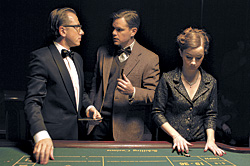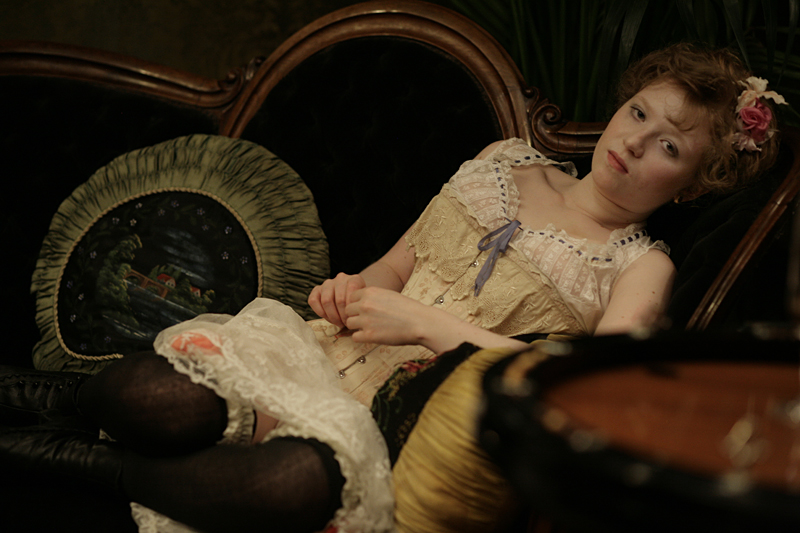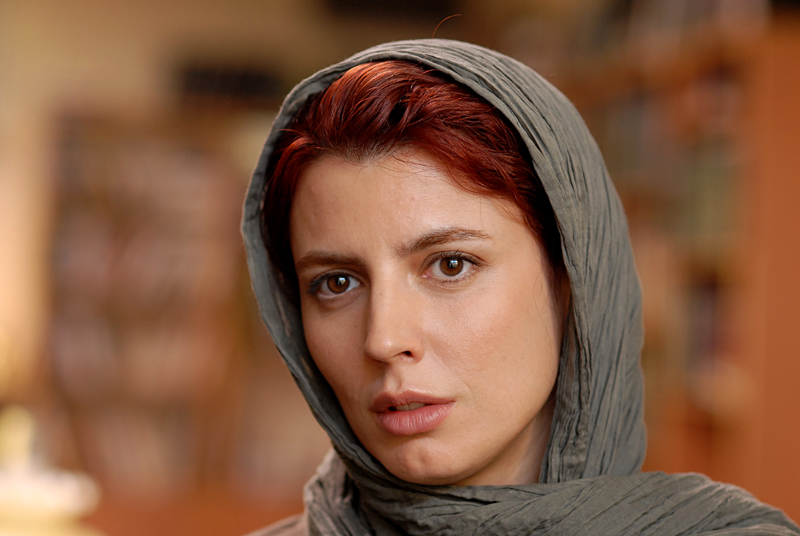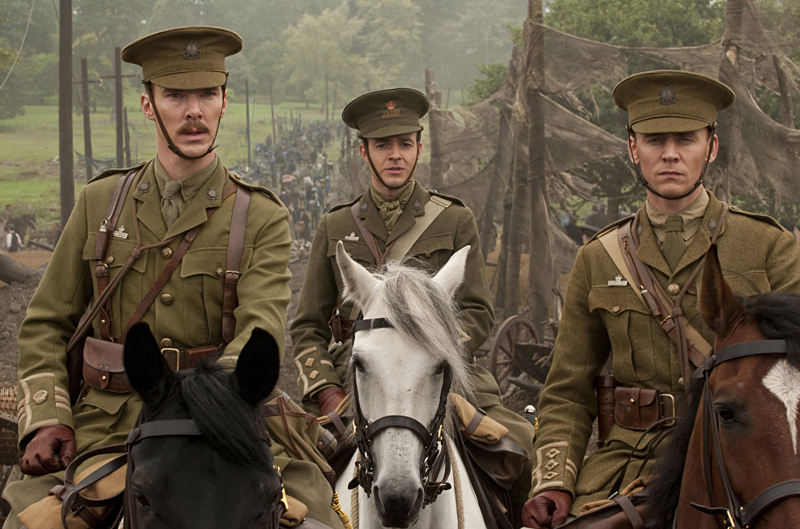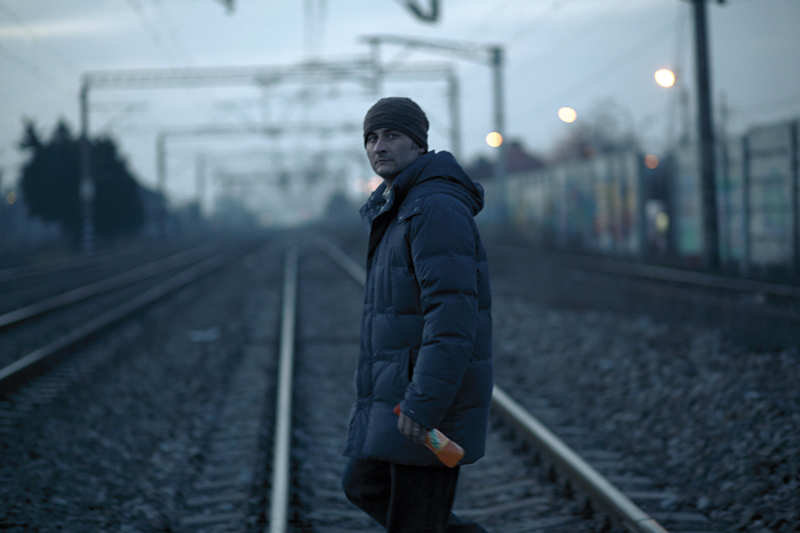Francis Ford Coppola’s self-financed return to the fray is a curious project—well-crafted, personal, and movie-movie old-fashioned even in its vanguard aspirations. Simply put, it’s a Faustian romance about the reversal of time and transmigration of souls which, shot mainly in Romania, adds a soupçon of Balkan chic and anti-Nazi iconography to its rich stew of twaddle. Dominic Matei (Tim Roth) is an aging professor of linguistics and a self-described failure. It’s Easter Day 1938. Dominic is actually planning to kill himself—when he’s struck by lightning. He suffers massive burns, yet his hair grows back luxuriantly and his rotting teeth are replaced by new ones. Inexplicably younger and smarter, the old linguist is about to have his second chance. His doctor (Bruno Ganz) ponders not only this unique medical case but the international situation: “France is abandoning us to the Nazis.” Soon, Romanian secret police are after Dominic, and those Nazis are too. Once it becomes known that Hitler himself is interested in “the most valuable human specimen today,” Dominic is spirited to neutral Switzerland where an uncredited Matt Damon materializes as a helpful American agent. Second childhood or old man’s folly? Coppola has made more than his share of bombastic melodramas. But for all its fussy lighting, upside-down camera angles, and overwrought impressionism, Youth Without Youth is essentially playful.
